Share

Genetics in Your World
HIMs and ZIMs in C. elegans meiosis – A Conversation with Ting Gong
Season 1, Ep. 8
•
In this installment of Genetics in Your World, we talk to Ting Gong of UC Davis. She discusses the surprising results she found when disrupting meiotic chromosome segregation in C. elegans.
More episodes
View all episodes
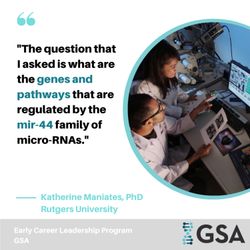
1. A Discussion with Dr. Katherine Maniates
22:43||Season 1, Ep. 1Make sure to check out this paper—Sperm fate is promoted by the mir-44 microRNA family in the Caenorhabditis elegans hermaphrodite germline—that was published in Genetics in Jan 2021.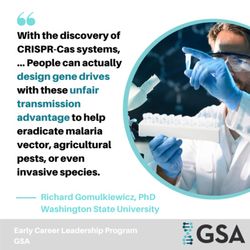
2. Resistance is Futile – A Discussion with Dr. Richard Gomulkiewicz
29:20||Season 1, Ep. 2In this episode of Genetics in your world, we speak with Dr. Richard Gomulkiewicz about the evolution of gene drive resistance. With the discovery of CRISPR-Cas systems, scientists realized that they could engineer gene drives for a number of different applications. Using alleles with an “unfair” transmission advantage, we can design gene drives to help eradicate malaria vectors, agricultural pests, or even invasive species. Check out the paper, “Evading resistance to gene drives,”which was published in the February 2021 issue of GENETICS.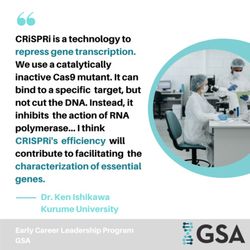
3. CRISPRi in the fission yeast – A Discussion with Dr. Ken Ishikawa
22:47||Season 1, Ep. 3Gene repression with the efficiency and specificity of CRISPR in yeast is no longer a dream! In this episode of Genetics in your world, Dr. Ishikawa tells us about how he and colleagues adapted CRISPR interference for fission yeast, allowing controllable reversible and efficient transcriptional repression. Check out the paper,— “Implementation of dCas9-mediated CRISPRi in the fission yeast Schizosaccharomyces pombe,”—that was published in the February 2021 issue of G3.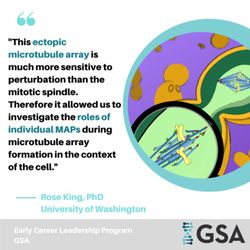
4. Building a MAP for growth – A Discussion with Dr. Rose King
26:58||Season 1, Ep. 4A MAP for growth?🙂 Listen to the latest Genetics in your world podcast episode where Dr. King tells us how she developed novel tools to better understand the unreported roles of MT-associated proteins within the nucleus of budding yeast.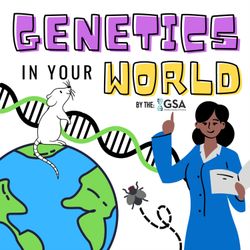
5. A new wormy role model for genetics – A Discussion with Dr. Mengyi Cao
29:57||Season 1, Ep. 5A new role model for genetics? Tune into this latest episode of Genetics in Your World podcast where Dr. Cao from Caltech shares her team’s development of a new genetically tractable model system in the #nematode Steinernema hermaphroditum!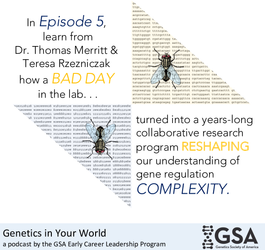
6. Happy accidents in the lab – A Discussion with Dr. Thomas Merritt
38:35||Season 1, Ep. 6“What do penicillin, saccharine, post-it notes, and x-ray machines have in common? They were all the outcome of happy accidents in the laboratory. Listen to Genetics in Your World: Episode 5 to find out how a bad day in the laboratory of Dr. Thomas Merritt turned treasure gold.”
7. "Science is like a detective story!" – A Conversation with Dr. Francis Collins
31:33||Season 1, Ep. 7Join us for a special episode of Genetics in Your World where we interview previous National Institutes of Health (NIH) director Dr. Francis Collins. In this episode, Francis discusses his pathway into science, how he deals with failures in research, and his advice for future scientists.
9. Unexpected Discoveries in Drosophila – A Conversation with Dr. Hunter Hill
25:38||Season 1, Ep. 9In this installment of Genetics in Your World, we talk to Dr. Hunter Hill of the University of Montana. He discusses unexpected recent discoveries made while completing his PhD with Dr. Kent Golic at the University of Utah, surrounding new and exciting data about the breakage pattern of chromosomes in Drosophila. He provides advice for others when encountering obstacles during their graduate studies. Check out the paper, "Dicentric chromosome breakage in Drosophila melanogaster is influenced by pericentric heterochromatic and occurs in non-conserved hotspots," published in the June 2023 issue of GENETICS.